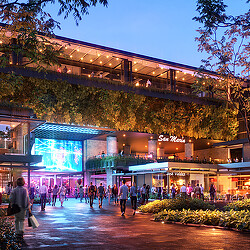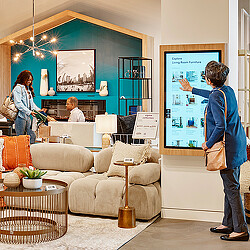Reinventing the Strip: How to Make Everyday Retail Irresistible
What makes a strip mall “successful”? Discover the formula for staying local, lively, and loved.
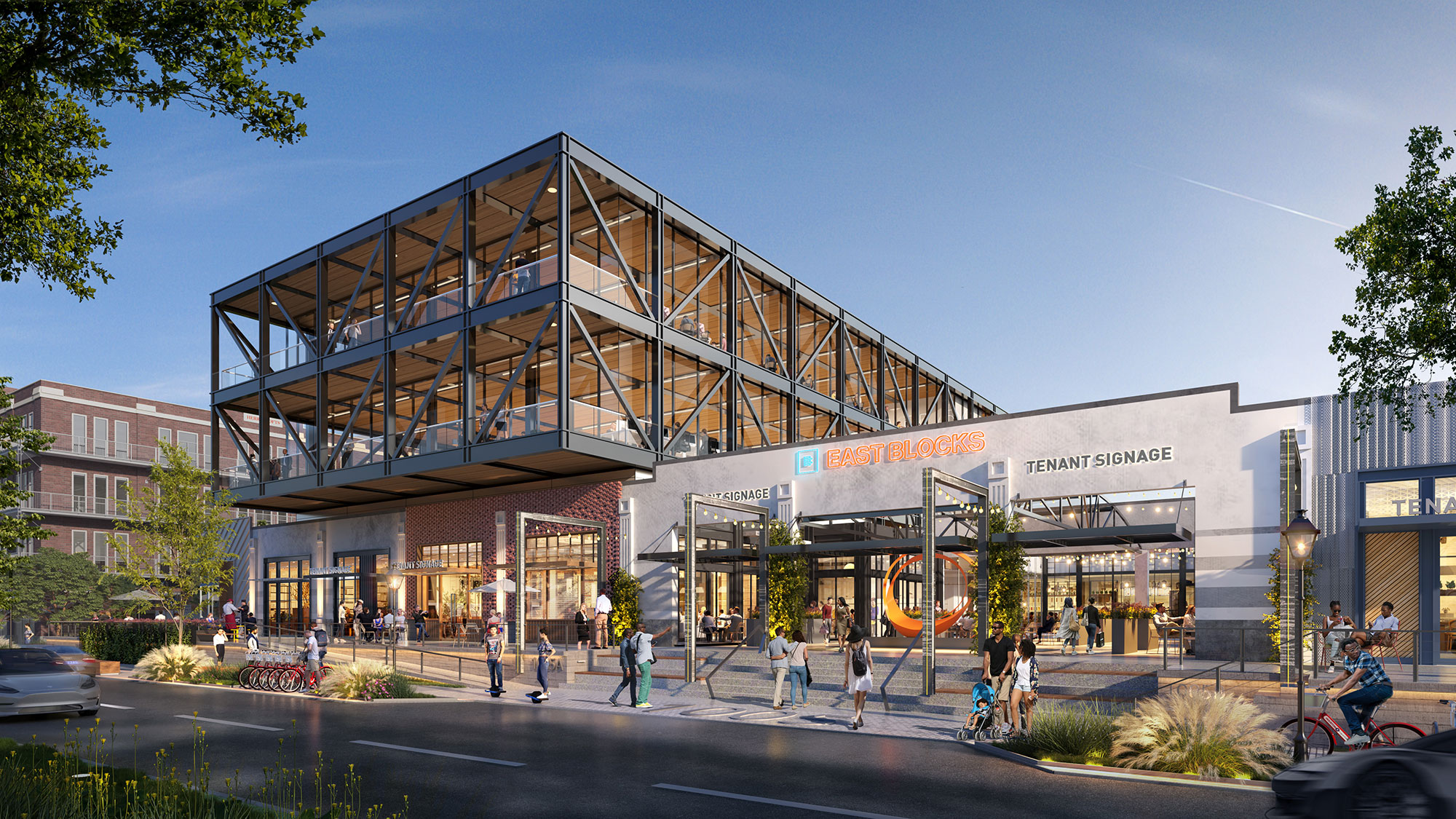
For decades, the humble strip mall has been the unassuming backdrop of American daily life — where dry cleaners, taquerias, and nail salons quietly power communities. But as retail evolves, the best strip malls are no longer just convenient — they’re curated, character-driven, and culturally fluent.
Here’s a five-ingredient recipe for making your neighborhood retail strip more than just a strip mall, but a vibrant piece of the urban (or suburban) puzzle of everyday life.
1. Reflect the Community — or Risk Rejection
The best neighborhood centers are mirrors, not billboards. A strip mall in Koreatown should feel like Koreatown. One in Austin should feel like Austin. The secret? Translate community DNA into both design and tenancy.
That means swapping generic façades for materials that echo local textures and tones — and giving tenants freedom to express individuality within a cohesive frame. Locals should walk by and think, “This feels like us.”
And here’s the hard truth: every failed strip mall has one thing in common — it ignored its community.
It doesn’t matter whether it’s a wealthy exurb or a gritty urban corridor; vacancy, underperformance, and disconnection all trace back to the same cause. When a center doesn’t align with its neighborhood’s daily rhythms, aesthetics, or economic realities, it becomes invisible — or worse, irrelevant.
The formula for success isn’t complicated: listen, translate, and respond. Listen to who lives there, what they value, and how they spend their time. Translate that into both the tenant mix and the physical design. Respond with authenticity instead of assumptions.
This doesn’t require high-end materials or extravagant design — just empathy and intention. Reflect the community, and it will reflect you back in loyalty, traffic, and long-term value. Fail to do so, and no amount of new paint or signage will save it.
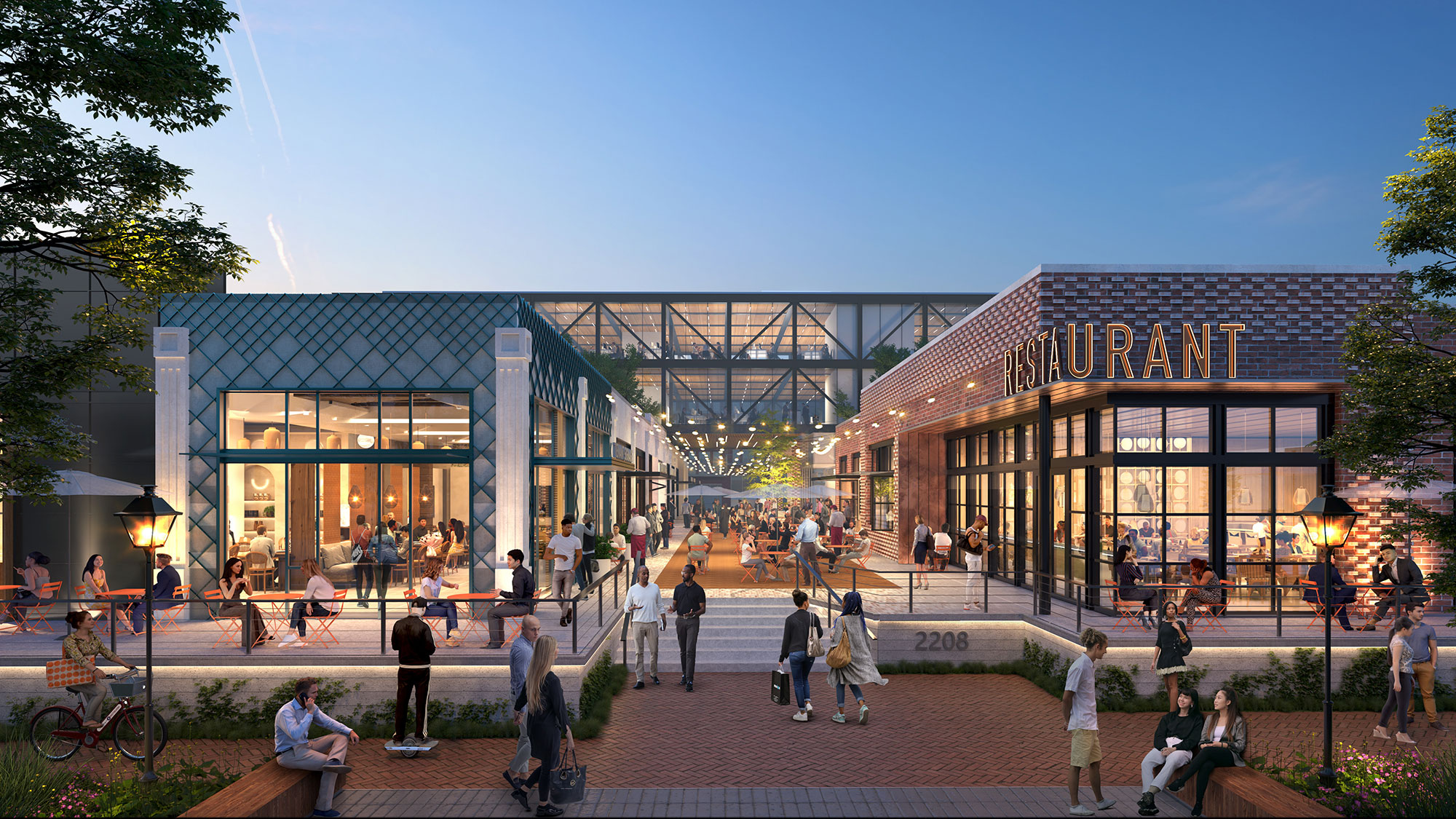
2. A Creative Tenant Mix Is What Creates the Habit
Forget filling boxes; think composing experiences. The strongest tenant mixes create rhythms of use — morning coffee, midday errands, evening dinners. In other words, a successful strip mall is addictive. It’s an easy go-to to meet your immediate needs and desires.
Pair a yoga studio with a juice bar, a bakery with a children’s boutique, or a restaurant with an outdoor plaza for live music. The goal: keep people coming back for different reasons at different hours.
Here’s a radical thought: what if we stacked affordable housing above? Imagine living over your favorite dumpling shop, and the shop knowing your order by heart. That’s walkable urbanism without the mega-developer price tag.
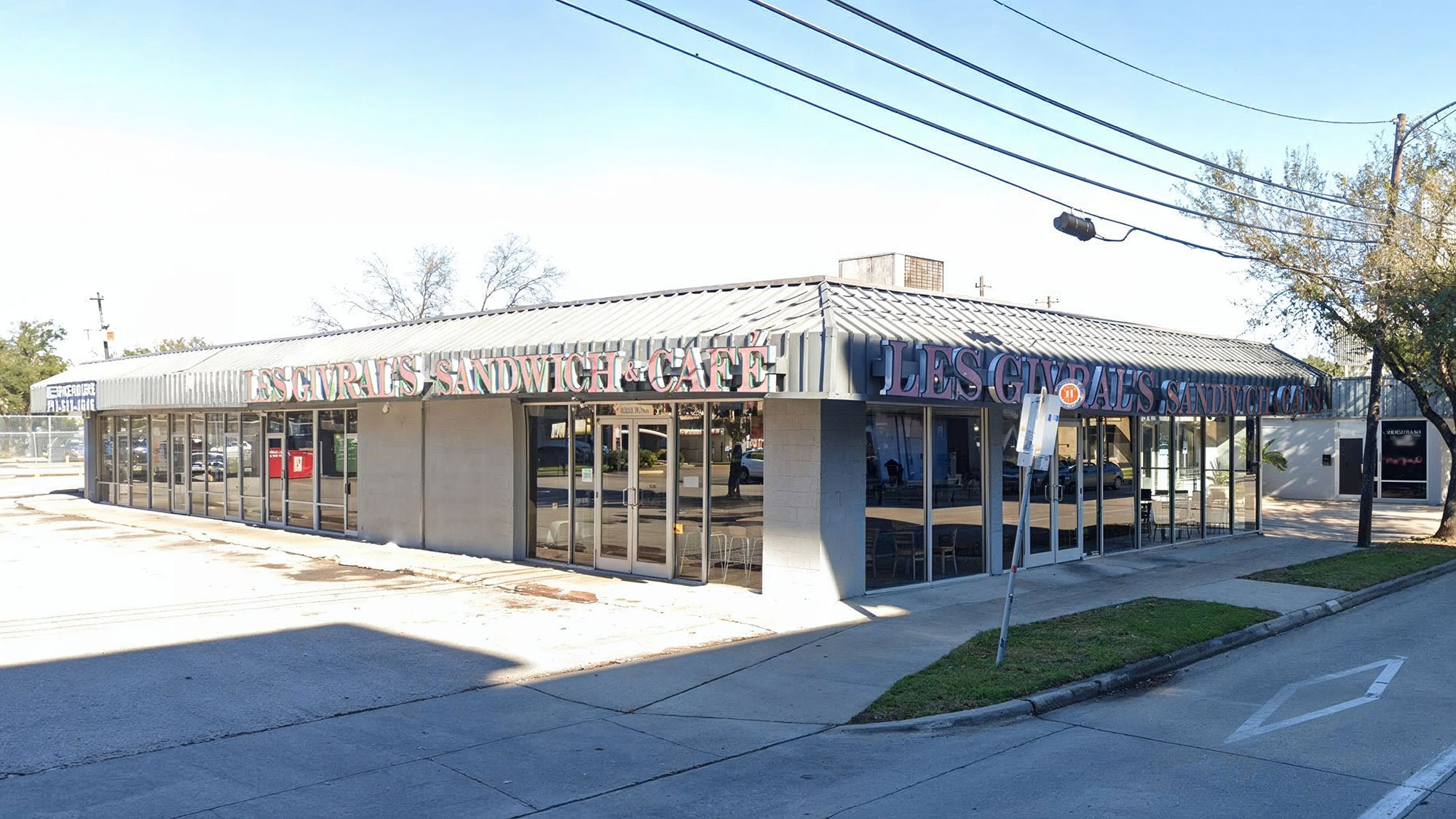
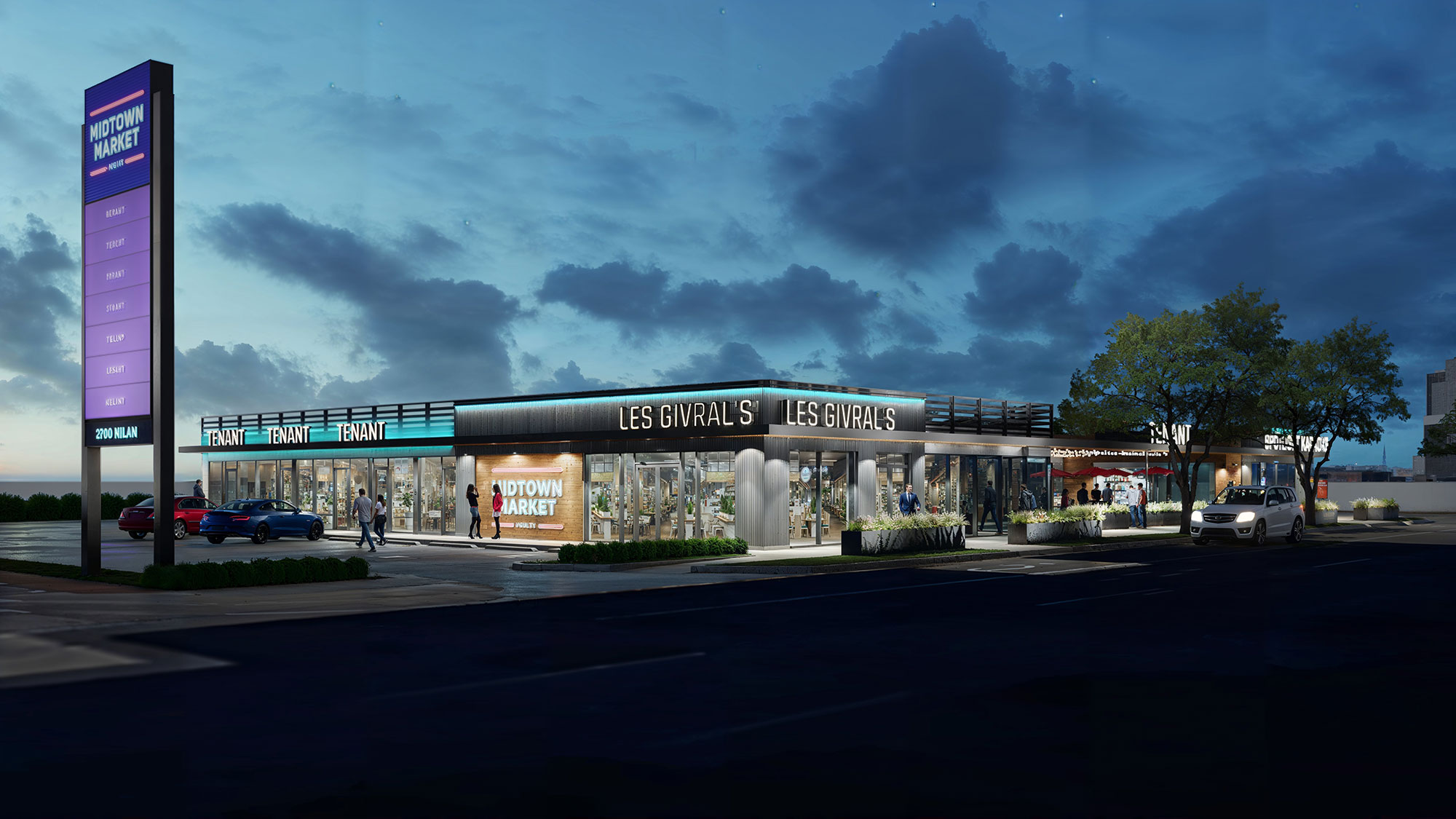
3. The 80/20 Rule: Normal Enough to Work, Different Enough to Remember
Here’s the science: for something to be memorable, it needs to be about 20% different from what people expect.
Apply that to strip malls. You don’t need to reinvent concrete tilt-ups or blow the budget on boutique finishes. But carve out that 20% — a striking corner canopy, a lush pocket plaza, a kinetic mural, a clever roofline, or just a bold material accent.
Eighty percent can stay simple and cost-effective. But the 20%? That’s what gets Instagrammed, remembered, and revisited.
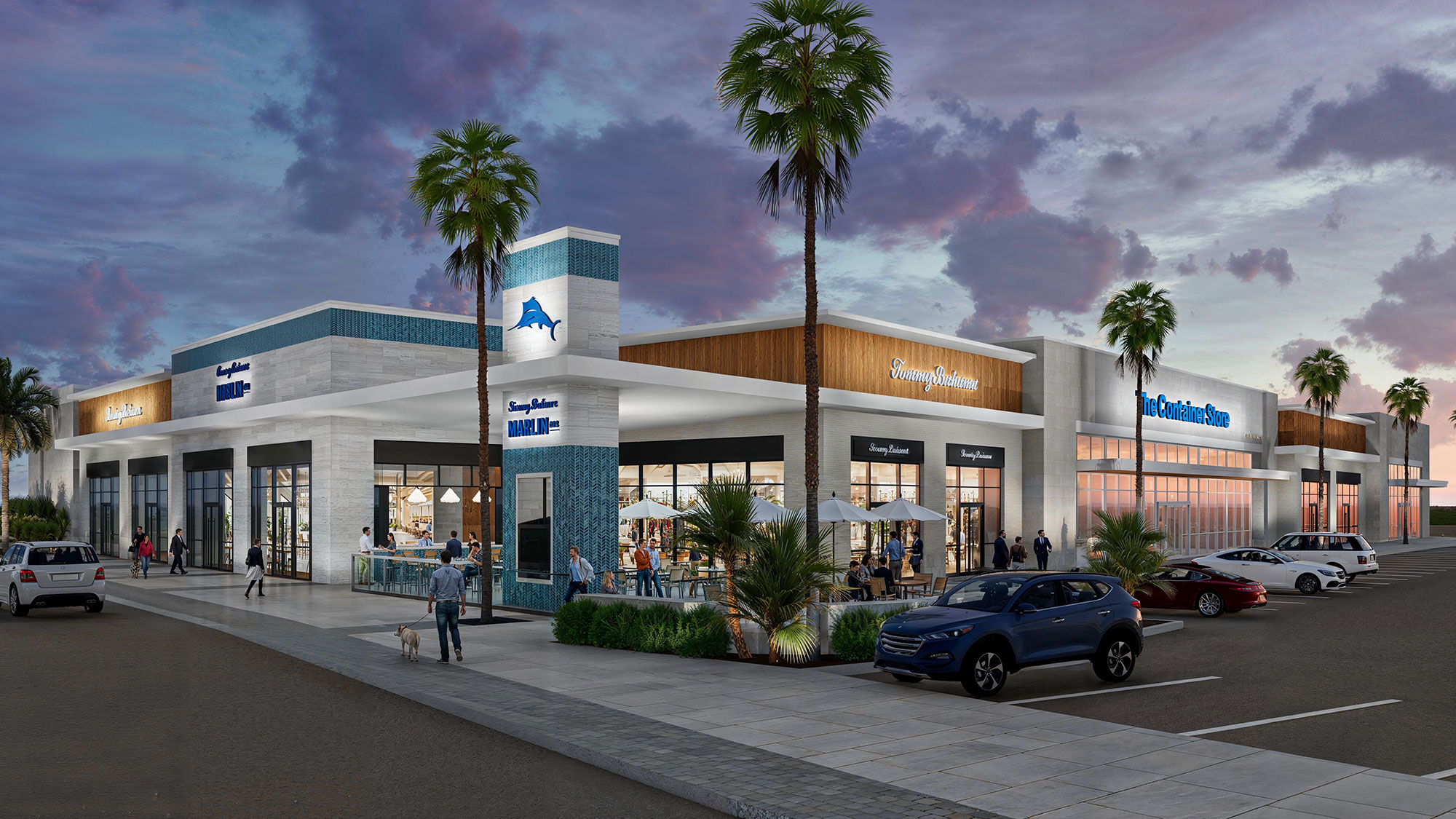
4. Signage: The Cheapest Way to Look Expensive
If architecture is the outfit, signage is the jewelry — and most strip malls are still wearing plastic studs. Thoughtful signage standards can transform a center’s entire perception. Limit visual clutter. Celebrate craft. Encourage creative typography and subtle backlighting.
Curate the tenant signs so they speak to each other rather than shouting over one another. One of the most cost-effective investments you can make is hiring a designer to craft a cohesive signage master plan. It will make your tenants happier — and your leasing photos stunning.
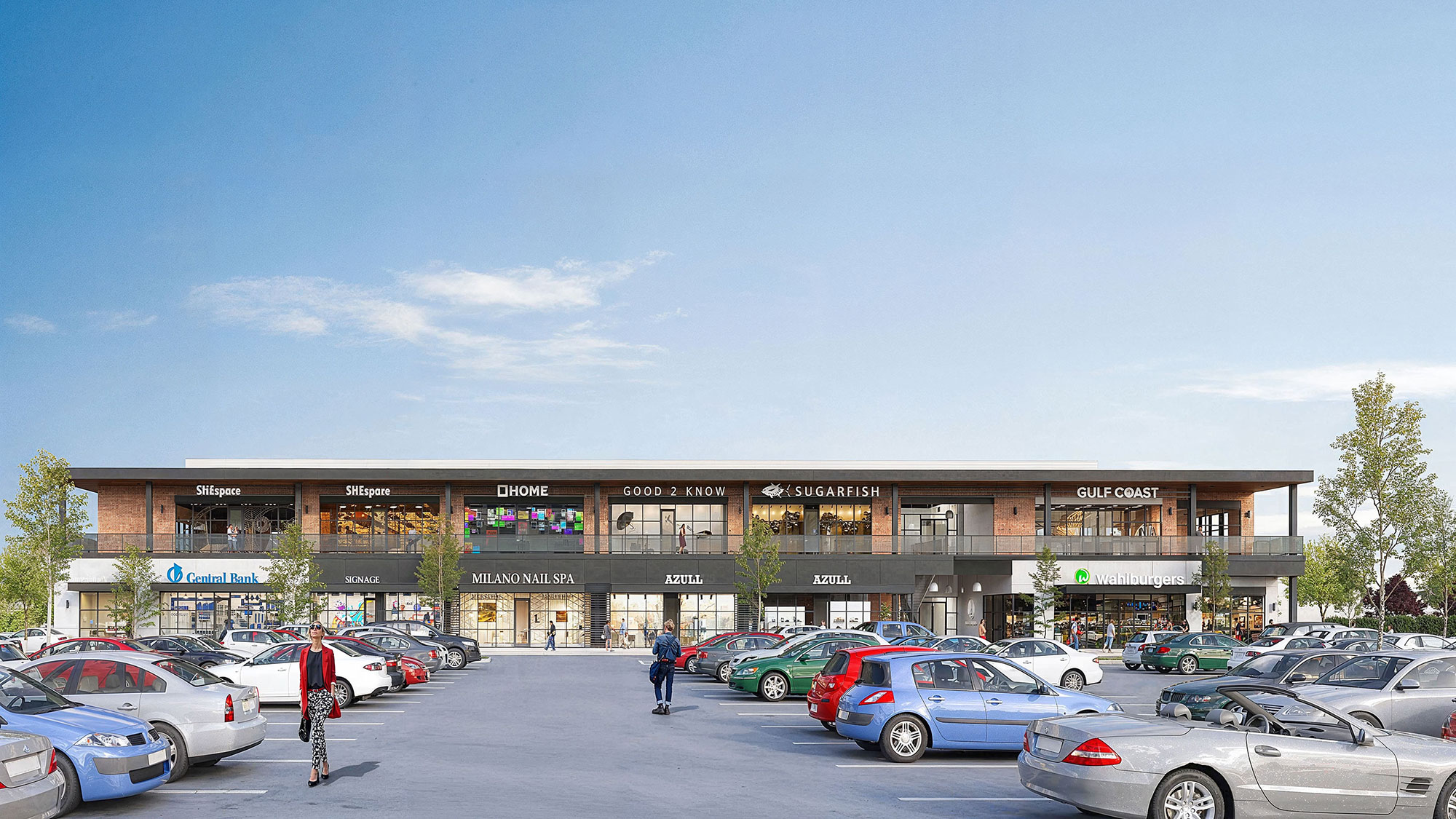
5. Don’t Underestimate the Power of the Ethnic Entrepreneur
Across America, small immigrant-owned businesses — especially restaurants — are quietly redefining the strip mall. They bring flavor, identity, and loyalty. A Szechuan spot, a Salvadoran bakery, a Filipino market — these aren’t just tenants; they’re cultural anchors. Once you’ve had a really, really good taco, you can’t just go anywhere else. You HAVE to come to this taco joint in this particular neighborhood center. That’s how community, and community identity, begin.
Lean into that energy. Curate for diversity, not just dollars. These businesses attract devoted followings and turn otherwise forgettable retail stretches into true destinations.
Retail That Belongs
The strip mall doesn’t need to die — it just needs to wake up. When architects, developers, brokers, and owners work together to enhance character, curation, and community, instead of just convenience, the result is something surprisingly beautiful: retail that belongs.
For media inquiries, email .






